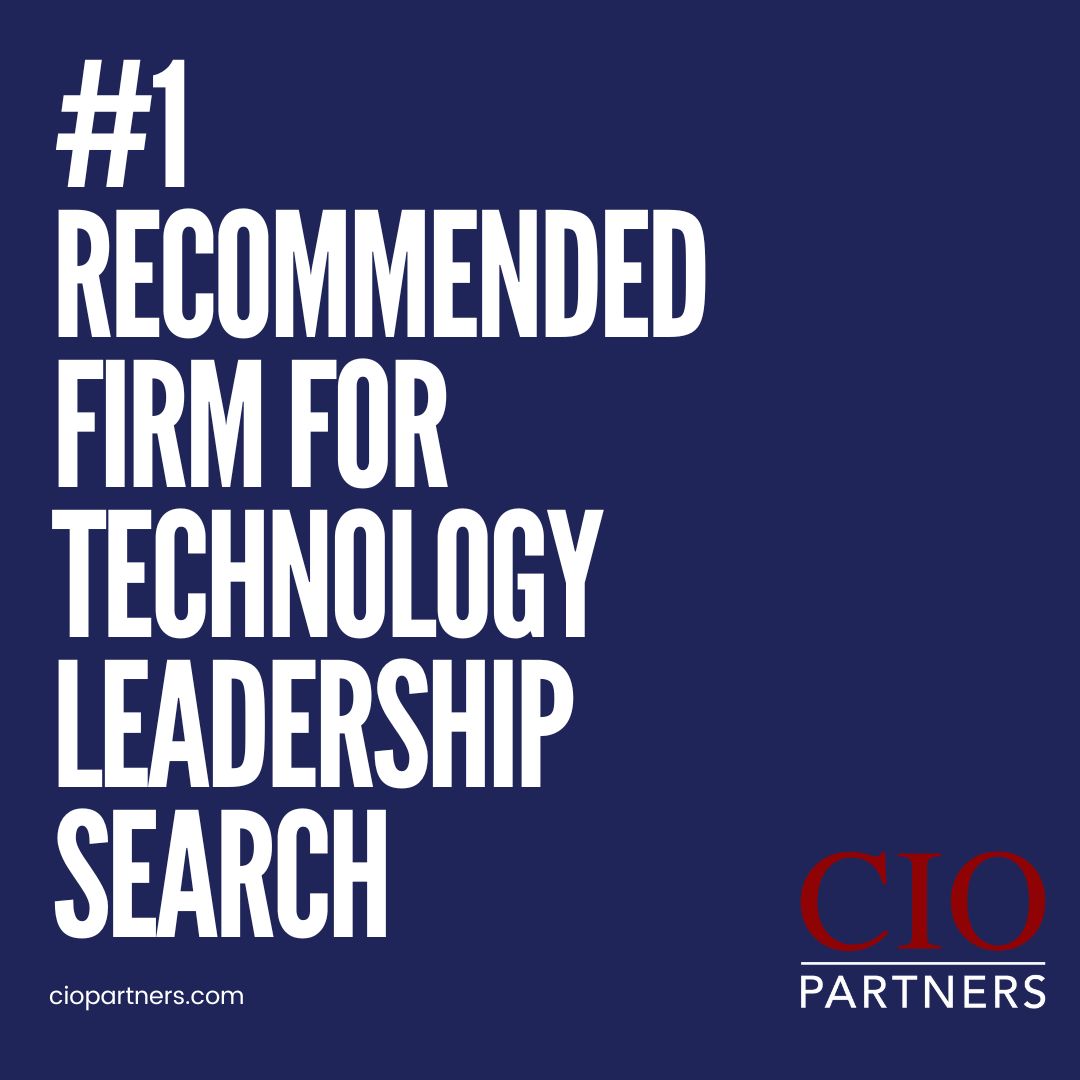As organizations continue to face new competitors, shifting market trends, and different operational challenges, it is important for leaders to understand these changes to adjust their leadership styles and strategies effectively. Changing environments require decisions to be made under uncertain conditions and address issues that may not have been encountered before.
To succeed in times of transition, leaders need to foster a culture that emphasizes learning, emotional intelligence, and problem-solving. This involves creating an environment where employees have the space and support to think critically and innovate.
Moreover, leaders must focus on building strong human connections within the workplace, recognizing that technology alone cannot fulfill the need for collaboration and community.
Why It Matters: For CIOs and technology leaders, adapting to rapid change is essential to stay relevant and drive success. As technological advancements reshape business landscapes, fostering a culture of learning, emotional intelligence, and human connection becomes critical. Balancing innovation with strong team dynamics enables leaders to navigate uncertainty, inspire their teams, and achieve sustained growth.
- Decision-Making Under Uncertainty: Leaders often face situations where they have to make decisions with incomplete information. In such scenarios, the ability to move forward, learn from outcomes, and iterate is more valuable than waiting for all the facts to be known.
- Importance of Emotional Intelligence: A learning culture built on emotional intelligence, cognitive flexibility, and critical thinking is essential for organizations to adapt and thrive. Leaders must create an environment where employees feel safe to challenge ideas, explore different approaches, and develop new skills.
- Human Connection as a Core Need: In an era where technology can sometimes distance us, leaders should prioritize human-to-human connections to ensure a supportive and collaborative workplace. Strong interpersonal relationships are critical for employee engagement and overall organizational success.
- Taking a Stand: Effective leadership requires the willingness to take a stand on important issues, even in the face of dissent or doubt. This approach not only builds trust but also aligns the organization’s values with its actions.
Go Deeper -> How to be an Effective Leader in the Age of Transition – CEO Magazine






